Hi all, After a long weekend of coding I’ve moved stress-driven.blogspot.de to a new home in the open source WordPress.org environment. This should make a big difference to the usability and scalability of the site, while keeping the effort required for me to add new content to a minimum. At the moment there may still […]
Read More...stress-driven
Geohazard information for the masses
Category: Blog posts (page 2 of 3)
Long periods of exceptionally high temperatures in California and Finland this summer have been associated with the formation of large ‘exfoliation’ or ‘sheeting’ fractures in bedrock surfaces that may have remained largely unchanged since the last ice age.
Read More...In the case of the 29/08/14 failure, members of the ETH Zurich had captured images of the rock slope two weeks prior to the event, and as the SLF was working in the region at the time, images immediately (approx. 30 min) after the event are also available. This is a rare case for such a large alpine rockfall, and in addition to the video I posted earlier could offer opportunities to investigate the driving mechanism and failure process with more detail than is usually possible.
Read More...A large Alpine rockfall caught on video
Read More...A large landslide close to the Georgia – Russia border this week killed up to eight people, and disrupted construction of a new hydropower diversion tunnel.
Read More...A recent rainfall-triggered landslide in Ab Barek (sometimes referred to as Abe Bareek) in the Badakhshan Province of Afghanistan is suspected of taking the lives of up to 2100 villagers. As with so many remote events, details are scarce, although a number of images and videos have appeared on social media websites over the last […]
Read More...

Predicted distribution of various types of fracture beneath an Alpine valley. Here we start with a ‘V’ shaped topography, introduce ice, and manually cut out the center of the valley. Fractures forming in tension and shear are coloured yellow and orange, respectively, while active ‘micro-cracking’ is purple, and regions in which we predict explosive fracturing are marked in red under the ice. Note how the area of explosive fracturing increases as we remove ice, and the difference in fracture distribution between model Stages 14 and 32, for which the only difference is the relief of stresses during the intermediate period of deglaciation (Leith et al. 2014).
Leith, K., Moore, J.R., Amann, F., Loew, S., 2014. Sub-glacial extensional fracture development and implications for Alpine valley evolution. J. Geophys. Res. 119, 62-81.
Numerical modelling is an important tool for most natural hazard researchers. Excellent codes now allow scientists and engineering practitioners the opportunity to simulate natural processes in both static and dynamic states.
Read More...Heavy rainfall from hurricane Manuel initiated a large landslide which struck the village of La Pintada (Mexico) this Monday. 58 people have been reported missing in the small village, and at least 20 buildings have been destroyed. Although helicopters have rescued most of the villagers, 45 people remain, and authorities are concerned that “The rest […]
Read More...© 2024 stress-driven
Theme by Anders Noren — Up ↑
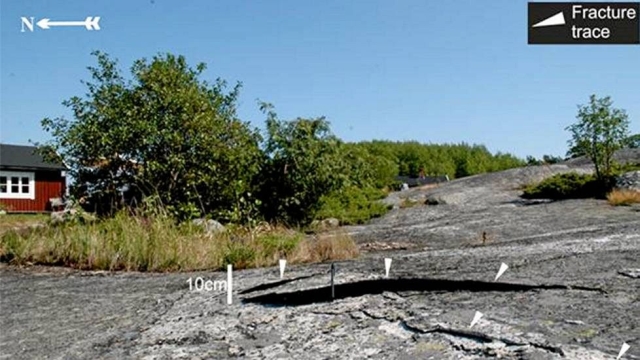
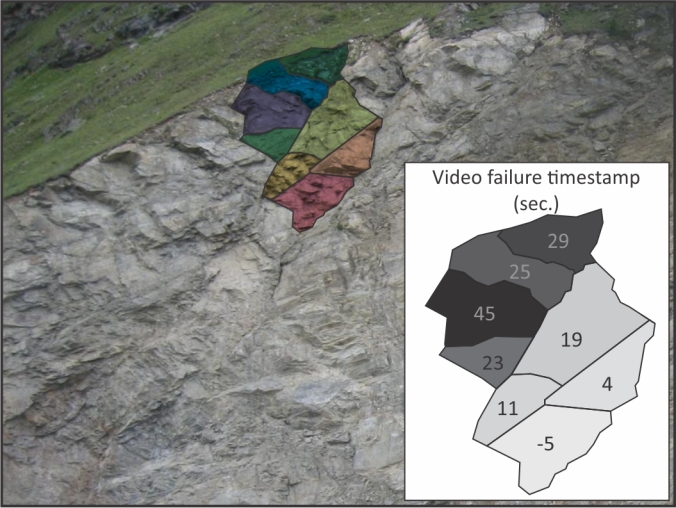
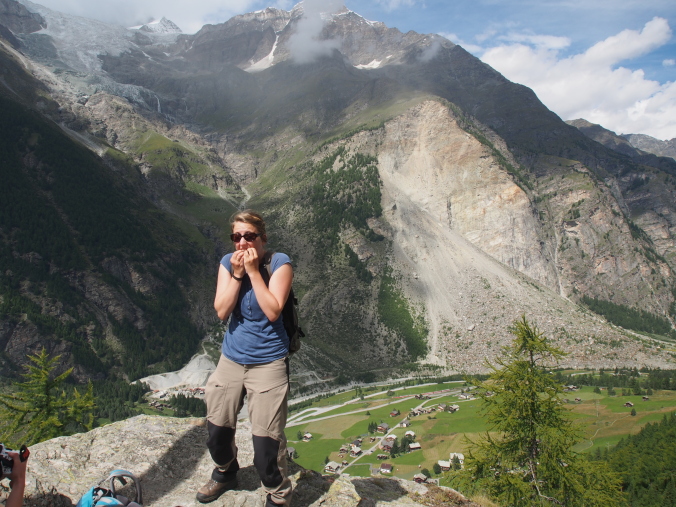
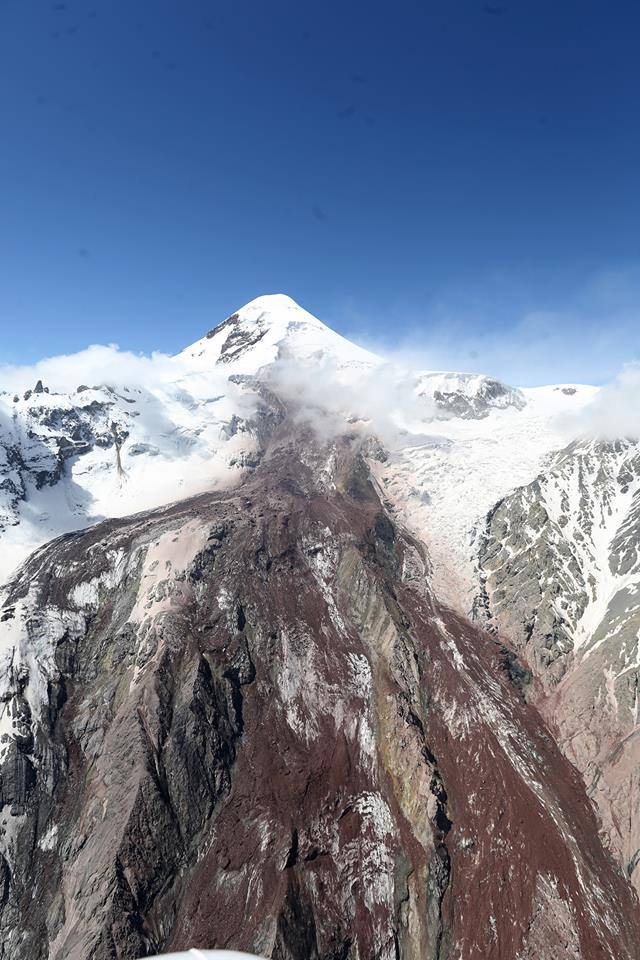
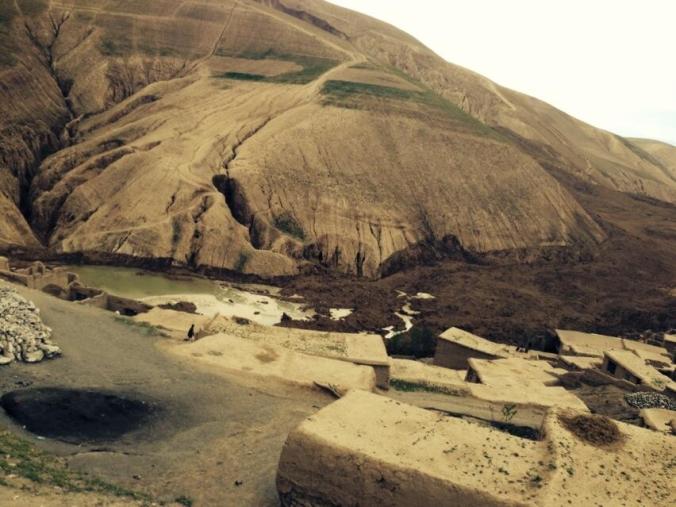

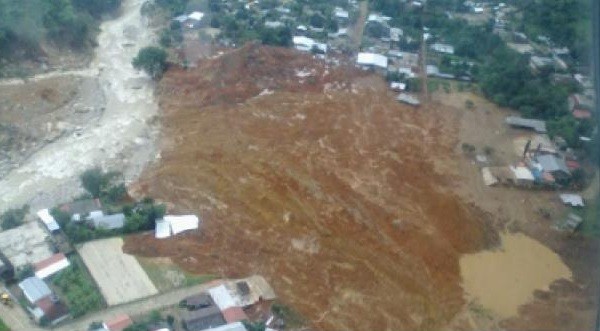

Recent Comments